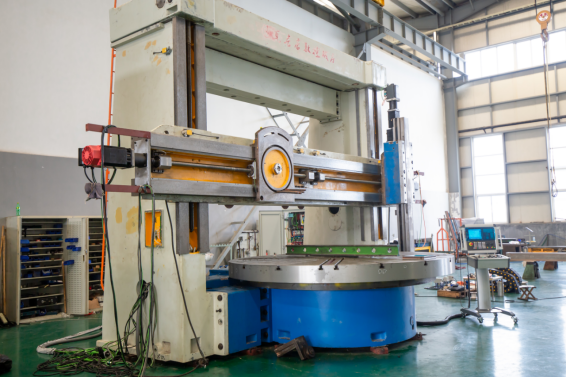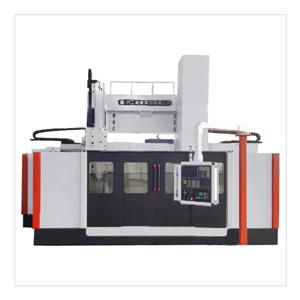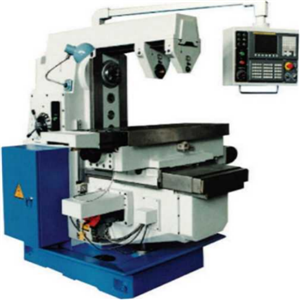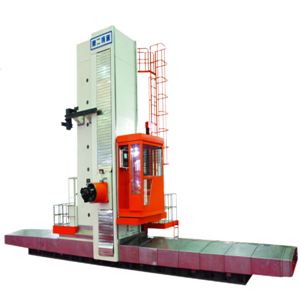What is the difference between a horizontal machining center and a vertical machining center

The horizontal machining center and the vertical machining center have the same thing, that is, the main function is milling. The difference lies in: their structure is different, the positioning of the product is different, and the form of the workpiece is different.
1. The spindle structure of the two is different.
Horizontal machining center refers to a machining center with a horizontal spindle; a vertical machining center refers to a machining center with a vertical spindle.
2. There are obvious differences in the main component structure of the two; the column.
The columns of the horizontal machining center are all designed as moving columns. The vertical T-shaped horizontal machining center moves in the X direction, and the inverted T-shaped horizontal machining center moves in the Z direction. The structure of the movable column requires the column to be as light as possible under the premise of satisfying rigidity. Imported machine tools often use steel plate welding structure to achieve this purpose.
The columns of vertical machining centers are generally designed to not move. In order to pursue rigidity, generally make it as thick as possible during manufacture. Occasionally, it is also designed as a moving column vertical machining center. The worktable of the moving column vertical machining center only moves in the X or Y direction, while the column will move in the Y or X direction accordingly. This design method has a greater effect on the drive motor of the column Large power requirements.
3. The workbench forms of the two are different.
The worktable of the horizontal machining center is only designed to move in the X or Y direction. The worktable is generally a rotary worktable with a dot matrix screw hole table, and it is relatively easy to choose an interchangeable double worktable.
The vertical machining center worktable is usually a T-slot worktable with a cross sliding table structure. There are two sets of motion mechanisms responsible for vertical movement. The X-feeding worktable is covered by the Y-feeding guide rail.
4. The chip removal conditions of the two processing are different.
Vertical machining center, due to its structural characteristics, is usually not easy to discharge the chips when machining the cavity or concave profile. In severe cases, it will damage the tool and destroy the machined surface, which affects the smooth progress of the machining.
The horizontal machining center is easy to remove chips during machining, and the machining condition is relatively ideal.
5. The control of the two is different.
Generally, the workpieces processed by horizontal machining centers are relatively large, difficult to clamp, difficult to monitor the processing process, and relatively difficult to operate and debug.
The vertical machining center is generally very convenient to install, easy to operate, easy to observe the processing situation, and easy to debug the program.
6. The two processing objects are different.
The horizontal machining center generally can complete the processing of the remaining four surfaces except the mounting surface and the top surface after a single clamping. It is suitable for processing box parts. After installing an angle head, it can realize pentahedral processing.
However, the vertical machining center is limited by the height of the column and the tool change device, and cannot process too high parts. It is suitable for processing disk, sleeve, and plate parts. The volume of the processed workpiece is relatively small. If you want to realize the side processing of the workpiece, you must add Equipped with angle head or CNC turntable. For example, a rotary table rotating along a horizontal axis is installed on the worktable, which can be used to process spiral parts.
To sum up: the structural complexity of horizontal machining centers exceeds that of vertical machining centers. The number of factories capable of producing horizontal machining centers is much smaller than that of vertical machining center factories. The price of horizontal machining centers with the same working range is often vertical machining centers. More than twice.




